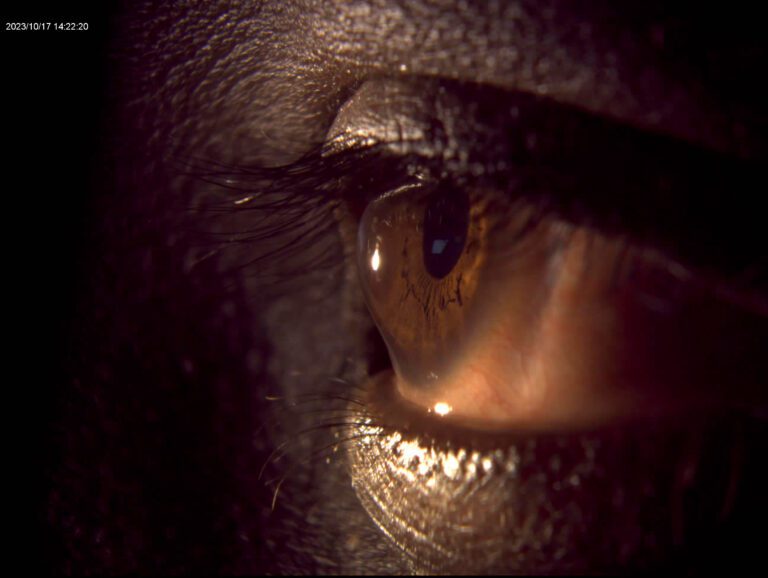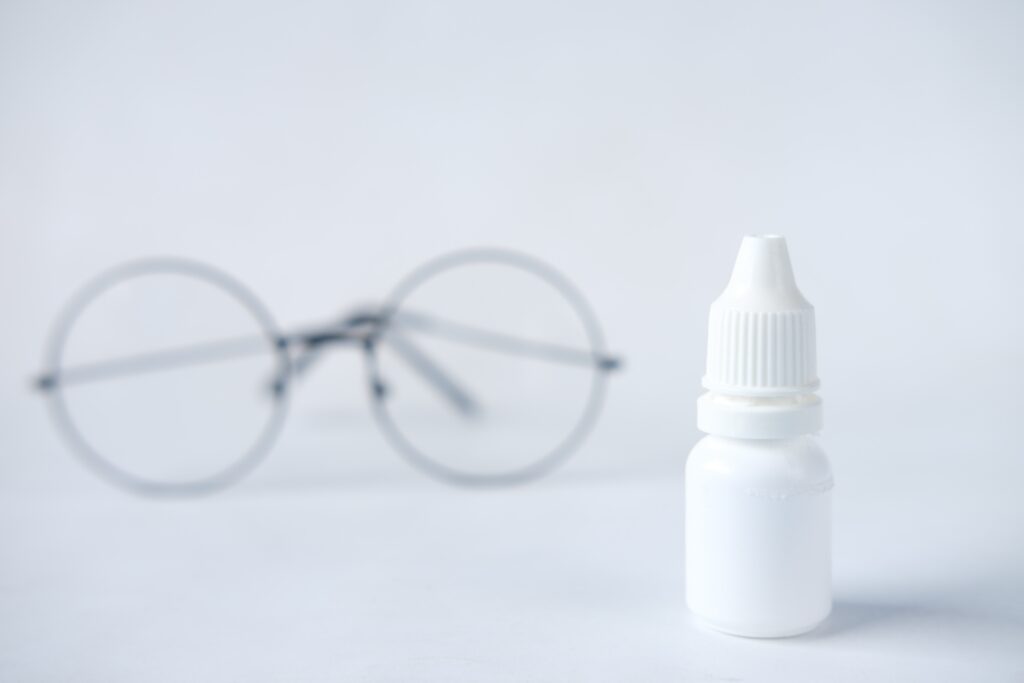
Keratoconus and dry eye are two common eye conditions that can cause discomfort and affect vision. In this article, we will explore the relationship between these conditions and how they can impact the lives of those affected. By understanding the connection between keratoconus and dry eye, individuals can better manage their symptoms and seek appropriate treatment.
What is Keratoconus?
Keratoconus is an eye disorder characterized by a thinning and bulging of the cornea, which is the clear outer layer of the eye. This abnormal shape can cause blurry vision, nearsightedness, astigmatism, and sensitivity to light. While the exact cause of keratoconus is unknown, it is believed to be related to genetic and environmental factors.
Symptoms of Keratoconus
- Blurred or distorted vision
- Frequent changes in eyeglass prescription
- Increased sensitivity to light
- Halos or glare around lights
- Eye strain or headaches
Understanding Dry Eye
Dry eye, on the other hand, is a condition caused by a lack of sufficient lubrication and moisture on the surface of the eye. This can result in discomfort, redness, and blurred vision. Dry eye can be caused by various factors, including environmental conditions, aging, hormonal changes, and certain medications.
Common Symptoms of Dry Eye
- Dryness or grittiness in the eyes
- Itching or burning sensations
- Excessive tearing or watery eyes
- Redness and irritation
- Sensitivity to light
The Link Between Keratoconus and Dry Eye
While keratoconus and dry eye are separate conditions, they can often coexist and exacerbate each other’s symptoms. The irregular shape of the cornea in keratoconus can disturb the normal tear film distribution and reduce tear stability, leading to dry eye symptoms.
Individuals with keratoconus may experience increased eye dryness due to the irregular corneal shape, which disrupts the even distribution of tears across the eye surface. This can result in discomfort and visual disturbances, making it challenging for individuals to perform daily activities.
Conversely, dry eye can worsen the symptoms of keratoconus by causing further corneal irritation and inflammation. The inadequate tear film can lead to increased friction between the eyelids and the cornea, leading to discomfort and potential damage to the already weakened corneal tissue.

Photo by Hotodjo, via iStock
Management and Treatment
Managing both keratoconus and dry eye requires a comprehensive approach and may involve various treatment options. It is essential to seek professional medical advice from an ophthalmologist or optometrist for proper diagnosis and tailored treatment plans.
Treatment Options for Keratoconus
- Glasses or contact lenses: Depending on the severity of keratoconus, eyeglasses or specialized contact lenses, such as scleral lenses, may be prescribed to improve vision.
- Corneal cross-linking: This procedure involves applying a special ultraviolet light and riboflavin solution to strengthen the cornea and slow down the progression of keratoconus.
- Corneal transplant: In severe cases, a corneal transplant may be necessary to replace the damaged cornea with a healthy donor cornea.

Photo by Towfiqu barbhuiya, via Unsplash
Treatment Options for Dry Eye
- Artificial tears: Lubricating eye drops can provide temporary relief from dry eye symptoms by moisturizing the eye surface.
- Prescription medications: In some cases, prescription eye drops or oral medications may be prescribed to reduce inflammation and promote tear production.
- Punctal plugs: These tiny devices can be inserted into the tear ducts to block drainage, allowing tears to stay on the eye surface longer.
- Lifestyle modifications: Simple changes like avoiding dry environments, taking regular breaks from digital screens, and staying hydrated can help alleviate dry eye symptoms.

Photo by Ulla Shinami, via Unsplash
Keratoconus and dry eye are distinct yet often interconnected eye conditions. Understanding the link between these two conditions can help individuals affected by keratoconus and dry eye seek appropriate treatment and management strategies. If you are experiencing symptoms related to either condition, it is crucial to consult with an eye care professional for a thorough evaluation and personalized treatment plan. By addressing both keratoconus and dry eye, individuals can improve their quality of life and maintain optimal eye health.
At Charlotte Contact Lens Institute, Dr. Cerenzie offers a range of treatment strategies for Keratoconus and Dry Eye. If you are at risk or struggling to control the condition, Dr. Cerenzie provides valuable treatments and education to alleviate your discomfort. Don’t endure these conditions alone; we are here to help you.
Call us at (704) 800-5230 now to make an appointment, or click on the link below.